There’s so much to love about Monstera. These gorgeous houseplants have taken the world (and Instagram) by storm, adding an aesthetic jungle feel to indoor environments that is second to none. Best of all, they’re easy to care for, making them the perfect choice for both expert and beginner gardeners alike.
Overall, though, Monstera care is an absolute pleasure and can be infinitely rewarding as these beauties are gratifying growers.
While there are dozens of different varieties of this plant to choose from for your home, most of them have the same requirements when it comes to how to care for your Monstera, barring a few of the rarer, more specific types like the Obliqua. Generally, you just need to keep an eye on their water, light, humidity, soil, and feeding needs, which I’ll explain in detail later in this post.
Read on to find out everything there is to know about Monstera care, from meeting their needs to repotting and propagating cuttings. Ready? Let’s investigate.
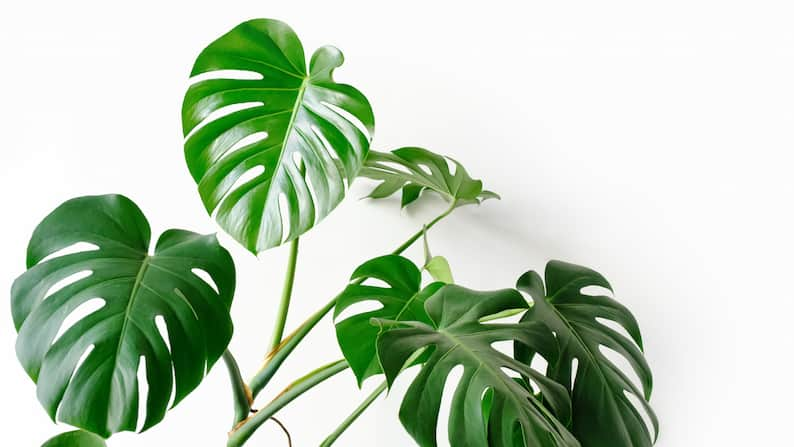
Table of Contents
How do you care for a Monstera plant indoors?
To care for a Monstera indoors, you need to ensure it has adequate water, six to eight hours of bright, indirect light daily, humidity, and good-quality, nutrient-rich soil. Regular pruning will keep a Monstera happy and looking its best, as will occasional feeding with a slow-release fertilizer.
When it comes to looking after houseplants, a lot depends on their growing environments. Some plants do better in low light, some in direct sunlight, and some with plenty of humidity. Monstera, in this regard, are some of the least fussy, most easy-go-lucky plants on the market.
Setting up your home for this plant is simple, and newbies to the houseplant market will be pleased to learn that they generally aren’t restricted by very specific Monstera care requirements. In fact, don’t be deterred if you feel like your residence isn’t bright enough or warm enough. Your Monstera can still do well. They may just grow a bit more slowly than if they were in “ideal” environments.
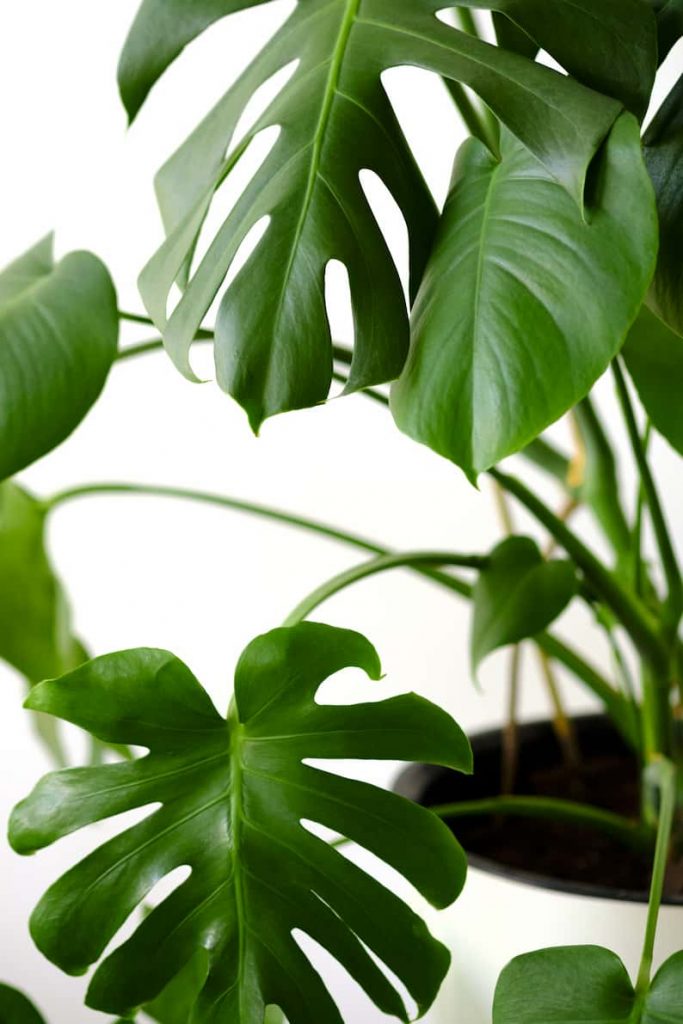
To contextualize, the Monstera genus is a family of tropical, jungle-dwelling leafy plants characterized by their beautiful fenestrations. When Monstera are in the wild, they tend to grow in the shade of larger trees, reaching, as they mature, upwards towards the canopy above them. Indoors, we can simulate this environment by providing them with moisture, humidity, indirect light, and rich, earthy soil.
Occasional maintenance in terms of pruning, staking, and feeding is also advisable. Still, you won’t find yourself having to do so more than every few months, and when you do, it’s usually for aesthetic reasons. Let’s look at Monstera care in detail.
Watering
This plant enjoys quite a bit of water, but not too much, as this can lead to root rot in your Monstera. A good rule of thumb is to water them every 7 to 10 days, reducing this duration slightly in colder weather. That being said, while this is a suitable guideline, most enthusiasts agree that it’s better to hydrate Monstera on a need-to-have basis so as not to overdo it.
To check if your Monstera needs a drink, all you need is to insert your fingertip gently into its soil, up to your first knuckle. Give your Monstera a good drenching if the soil is noticeably dry for the top inch or two, but make sure not to let it stand in pooled water. It’s also good to let those top inches dry off between watering sessions so that your plant isn’t constantly in soggy, heavy earth.
If you’re still unsure when to water your Monstera, invest in a moisture meter from your local nursery or garden center. A Monstera’s moisture level should remain at a measure of 1 – 2.
Find out more: Exactly How Often to Water Your Monstera
Light
Light plays a huge role in keeping Monstera happy and healthy. While they don’t enjoy direct sunlight, they do need a fair amount of access to light through a window or shading for their big green leaves to develop, fenestrate, and ultimately thrive.

Of course, this differs from plant to plant, and some are hungrier for sun than others. Overall, how much light a Monstera has access to will determine how fast and how large it grows, but it will not make or break it. Some Monstera do fine in lower light conditions, simply growing at a far slower pace than their sun-dwelling cousins.
Indeed, the fact that Monstera are so accommodating to different lighting conditions is one of the reasons they make such popular houseplants.
Get all the details on: Monstera Light Requirements: How Much Does It Need?
How much light does a Monstera need?
Monstera need, on average, six to eight hours of medium to bright but indirect light daily. This is best received through north- or east-facing windows, which tend to filter in softer morning light rather than the harsh rays of the afternoon.
Sunlight that is too harsh can damage leaves by scorching them or drying them out, causing your Monstera leaves to curl or wilt. Too little light and they may experience stunted growth.
Does Monstera need sunlight?
Monstera can survive in darker conditions, but for them to reach their full potential, they require relatively consistent access to sunlight. The sun provides them with the energy they need to grow their showy green leaves and keeps them healthy and hardy.
Soil
In terms of the best soil for Monstera, these plants know what they like. These big green beauties require good-quality, very well-draining soil that is both aerated and moisture-retentive. It also needs to be rich in nutrients from which Monstera’s roots and stems can feed.
Best soil for Monsteras
Specially designed soil for your Monstera. Light and well-draining, making it perfect for avoiding root rot, while being packed with just the right nutrients to keep your plant happy.
Most garden centers supply Monstera-specific soil, but should you wish to mix your own, you’ll only need a few key ingredients. Start with a high-quality potting mix turned with perlite and add a bit of orchid bark and activated charcoal. For good measure, you can throw in a bit of sphagnum moss too.
This combination of ingredients will ensure a soil mix that can retain moisture without becoming cloggy, that is rich in nutrients, and that has a good soil acidity level of pH 5.5 – 7. It’s advisable to replace soil every two to three years to keep it fresh and rich in vitamins and minerals.
Fertilizer
A little bit of fertilizer goes a long way when it comes to Monstera care. While they don’t do well if you overfeed them (watch out for chemical burn), they do appreciate a bit of TLC in the form of an occasional dose of balanced slow-release fertilizer.
The best time to fertilize a Monstera is during its fastest-growing months in the spring and summer. During the winter, it slows its growth and is less reliant on the extra kick of nutrients that fertilizer provides.
Best fertilizer for Monsteras
Jack’s Classic 20-20-20 All Purpose Fertilizer
A great fertilizer with the perfect balance for your Monstera. Simply dissolve in water and feed your plant to watch it thrive.
Pruning
Pruning is much like getting a haircut. It makes way for new growth and eliminates all the perished or unnecessary bits. Pruning a Monstera, in this regard, is often an aesthetic choice to keep your plant looking neat and well-kept. However, it is also crucial to reserve your Monstera’s energy, so it doesn’t waste precious nutrients trying to recover dead or decaying leaves.

Staking
Like pruning, staking is a vital part of the overall maintenance of a Monstera. Due to the large leaf size of many species, they tend to become a little top-heavy, particularly if they’re trying to climb.
Take a look at our step-by-step guide on How to Train a Climbing Monstera
Almost all Monstera are Hemi-epiphytes, which means they have both terrestrial and aerial roots. Your Monstera’s aerial roots are tuned to find structures onto which they can attach themselves to grow upwards.
Providing your Monstera with stakes or climbing poles allows them the security to grow and thrive. This tendency derives from their natural habitat, where they use larger trees as supports. Staking reduces the risk of stems flopping or snapping and helps them to keep their shape. In general, the more giant your Monstera, the more likely it is to need some support stakes to keep it growing neatly.
Learn all about How a Monstera Moss Pole Can Train Your Plant
Repotting
Like pruning and staking, repotting is an essential part of caring for your Monstera. As these beauties grow larger, they start to require more space. Usually, you can get away with repotting your Monstera every two years or less if it’s a slow-growing species. Faster growers may need new pots every 12 to 18 months (you can check out some guidance on the best pot for your Monstera here).
Other reasons for repotting include eradicating infections like root rot. Fresh soil can do wonders for ailing plants and should definitely be considered if you can’t determine what’s getting your Monstera down.
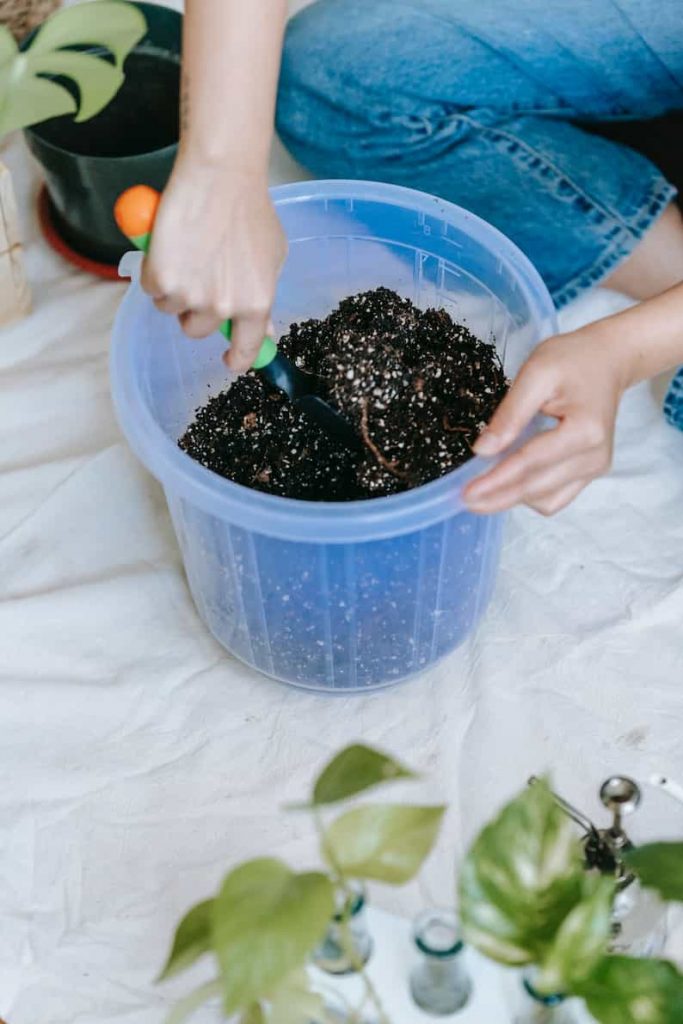
Propagation
Most commonly-owned Monstera are wonderful for propagating, making them the growing gift that just keeps giving. With their aerial roots and distinct nodes, propagation isn’t complicated either. You can propagate Monstera cuttings in water or directly into a prepared planter with soil.
All you need to ensure is that when you take stem cuttings, you do so from a healthy plant. A good cutting should have one to two strong, healthy leaves and at least two nodes from which to develop new growth (as one thing many people overlook is that you can’t actually propagate Monstera without a node).
Get the full story: How to Propagate Monstera: The Ultimate Guide
Humidity
As a plant that’s native to tropical rainforests, your Monstera likes humidity levels to be in the 60% to 70% range. Less than that, and you may notice your Monstera starting to droop or develop dry leaves.
There are several things you can to fix this and I’d recommend taking a look at our article on Monstera’s humidity needs to get some simple tricks to perk your plant back up.
Pets
Unfortunately, Monstera aren’t very pet friendly. These beautiful plants had to have a flaw, and in this case, it’s their sticky white sap that is toxic to both humans and animals.
On the upside, most animals don’t enjoy the taste of Monstera, so there is no real attraction for them. Conversely, however, many cats and dogs just like to chew on plants out of curiosity or boredom, so it’s best to keep them out of reach given that your Monstera is toxic to cats (and other animals).
Are Monstera pet friendly?
Monstera can make your pets sick if they consume the white sap embedded in their stems and leaves. Signs of Monstera poisoning include vomiting, gastrointestinal upset, dizziness, or in severe cases, difficulty breathing.
Should your pet consume part of a Monstera and start to show signs of distress, get them to a vet as a matter of urgency.
Potential problems
Overall, Monstera are very low-maintenance and hardy. The most common affliction affecting them is root rot, which generally arises from overwatering Monstera leading to a fungal or bacterial infection. Signs of root rot include foul-smelling soil, yellowing leaves, mushy roots and your Monstera drooping.
Monstera occasionally attract pests, like thrips, too. Usually, this can be handled quickly and efficiently if caught early on with natural pesticides or insecticidal soaps.
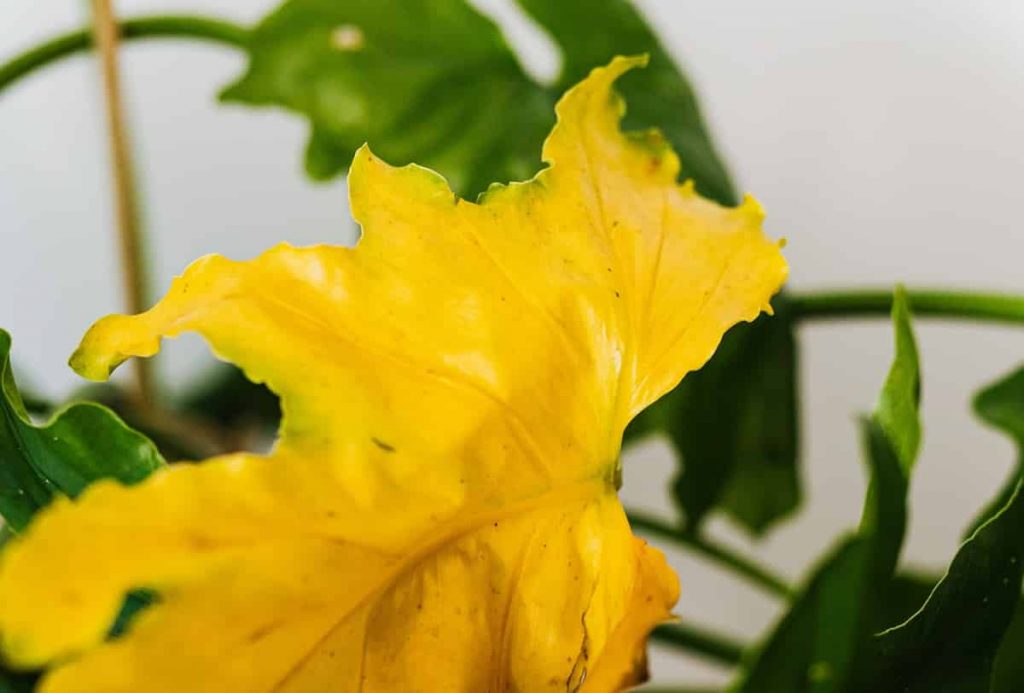
Is Monstera a good indoor plant?
Monstera is an excellent indoor plant because of its ease of care. They grow well in various conditions and do not require intense or extensive care regimes. Overall, they also don’t tend to experience too many problems in terms of illnesses or pests.
In other words, if you’re new to the houseplant game and looking for an easy plant to start your collection with, Monstera is a perfect choice. After all, there’s a reason it’s one of the most common houseplants around – because it’s both low maintenance and so great to look at!
If you’re an enthusiast, you’ll likely find great joy in discovering the many different and rare species of Monstera available on the market today.
Are Monstera easy to care for?
Monstera are among the easiest houseplants to care for. Their growing conditions are not overly particular, and they don’t require much aside from good soil, regular watering, sunlight, humidity, and occasional feeding.
To keep your Monstera looking as good as possible, it’s also advisable to prune them once per growing season and keep them staked to help direct their growth.
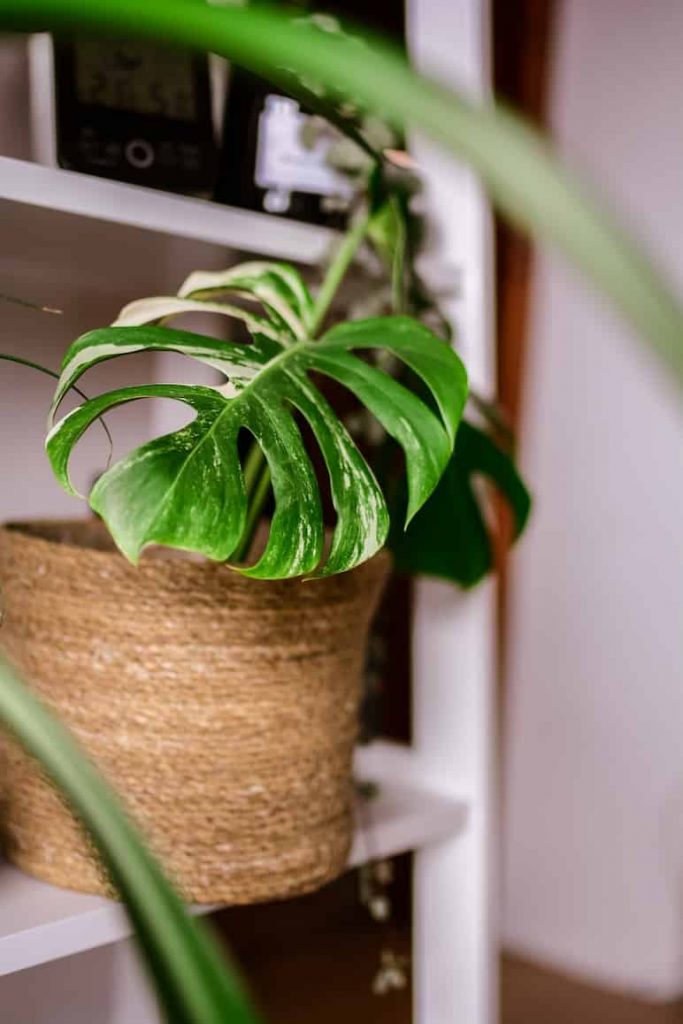
How do you know if your Monstera is happy?
Monstera are expressive plants that are good at communicating if they’re happy and flourishing. A healthy Monstera will have shiny green leaves, an upright growth pattern, and show consistent leaf production during their growing season. Wilting, yellowing, and stunted growth are all warning signs to look out for.
Fortunately, most problems that cause those symptoms are fairly easy to fix. With some easy adjustments to your Monstera care schedule, whether that’s cutting back on the watering a bit or moving your plant so it’s getting more or less light, your Monstera should be back to being as good as new in no time at all.
Why do Monstera have holes?
The holes in the leaves of Monstera, known as fenestrations, derive from their need to survive in their natural habitat. This clever design allows them to withstand torrential rains and winds, which can pass through their leaves instead of battering them.
Juvenile Monsteras often don’t yet have holes, as those splits only start to appear once the plant begins to mature a bit. But if you buy a baby Monstera that doesn’t have fenestrations yet, it’s a great day when they do start to appear!
Find out more: When Do Monstera Leaves Split?
How do you pick a healthy Monstera?
When selecting a Monstera for your home, choose one that has bright, glossy, upright leaves, strong stems, and visible nodes. These are all signs that your future plant is happy and healthy and on its way to producing new growth.
An unhealthy Monstera will have a droopy appearance and wilting or discolored leaves. While, as mentioned, these problems aren’t usually so hard to fix for this particular houseplant, you want to start off on the right foot.
For that reason, picking one that’s already healthy so you can maintain it at that level, rather than having to work on improving its situation from the start, is a much easier option for any houseplant collector.
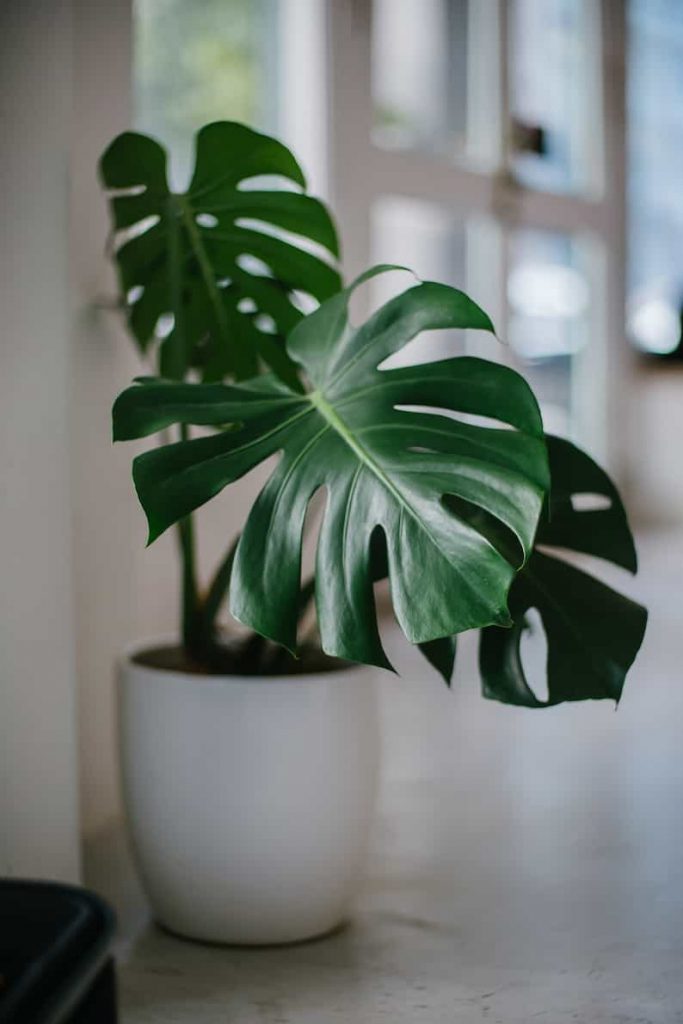
Does Monstera care differ for different varieties?
There are a bunch of Monstera varieties out there which, overall, have about the same needs as one another. Some can be slightly more fragile, especially those with large fenestrations like Monstera Obliqua but, on the whole, you won’t have to change your Monstera care schedule too much if you bring home a new type.
The one exception is with light requirements, which can differ when it comes to variegated Monstera types. Examples include Monstera Borsigiana and Monstera Albo Variegata, which have splashes of white on their leaves. This means that the light they need in order to photosynthesize is different from other members of the Monstera family that have solid green leaves, so it’s worth reading up on those specific varieties if you’re bringing one home, so you know just what to do.


